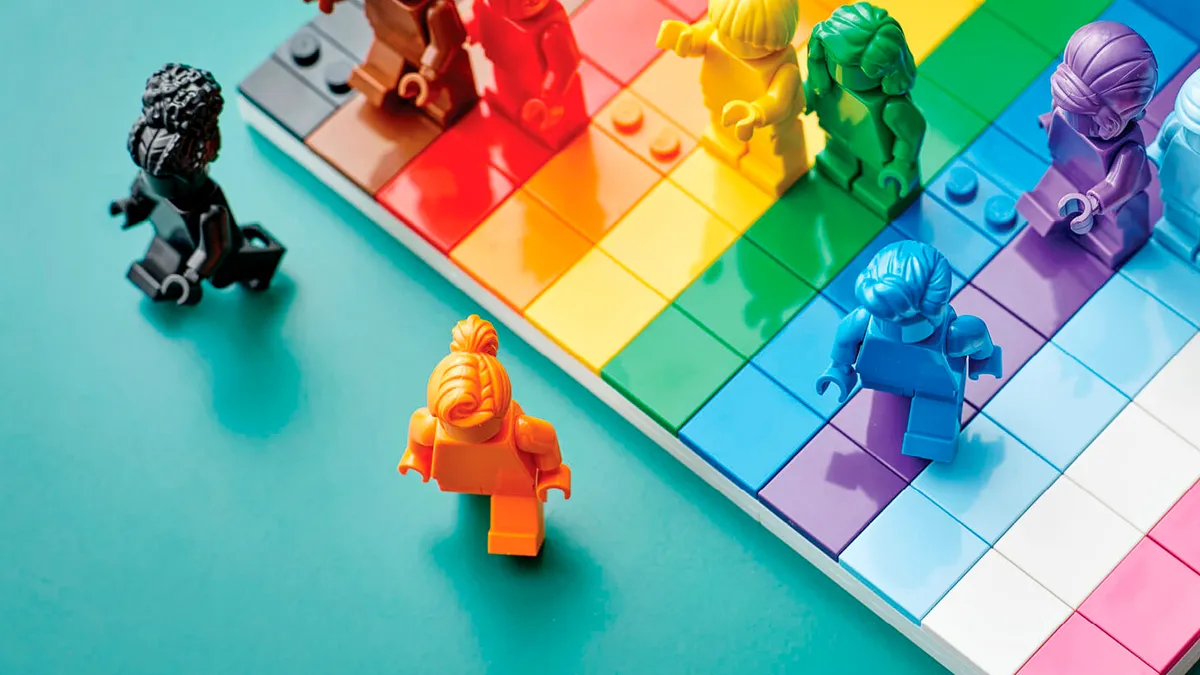“I was coming back on the MARTA train and I got harassed. This gentleman came on board and started immediately calling me Chinese. Stood literally right next to me and actually started physically touching me,” Sue Ann Hong told attendees of the U.S. Department of Labor’s session on supporting Asian-American, Native Hawaiian and Pacific Islander women.
“And so I said, ‘Stop touching me. Please stop touching me.’ And then he got very upset — by the way, he was holding little alcohol bottles.” She recalled that the man cursed her to her face.
“But what I noticed was that everybody on the train just turned away,” Hong said. “Nobody would step in.” As she pointed out, Hong’s was one of 10,905 incidents against AAPI reported to Stop AAPI Hate between March 19, 2020 and December 31, 2021. In sharing her personal experience, Hong explained, she wanted to bring the data to life. “They don't know who I am or what I do for a living,” the president and CEO of The Center for Asian Pacific American Women said. “The fact is: they see an Asian woman and they make assumptions.”
A clear tone had been set for the DOL Women’s Bureau event for Asian-American and Pacific Islander month. The opening speakers emphasized the importance of the month not just for celebration, but for reflection. By the time the conversation had turned to Hong's experience, a clear motif had emerged: the past two years had been equally harrowing for many AANHPI women.
Notable for HR leads, civil rights violations — including workplace discrimination — accounted for 11.5% of total incidents recorded by Stop AAPI Hate. Across the board, women made about 62% of the reports within the March 2020 to December 2021 period. This 2021 National Report was the first from the organization that looked into the specific experience of non-binary folks; this group was more likely than AAPI men and women to face deliberate avoidance or shunning (21.4%), being coughed at or spat on (13.9%) and online harassment (12.1%).
The overall takeaway from the conversation/ Employers can best show up for AANHPI women and non-binary folks by taking a holistic approach to their wellbeing. An underlying issue is the model minority myth, which paints Asian-Americans as either genetically or culturally primed to pursue high-earning careers in STEM. Yvonne Hsu, chief policy and government affairs officer for the National Asian Pacific American Women's Forum (NAPAWF), said that the myth of all Asian folks being well-educated and prosperous couldn’t be farther from the truth. They’re not all doctors and scientists and lawyers. “We’re certainly not all good at math — me included,” she said.
The harm of the model minority myth intersects with an issue that continues to come up in the HR lane: the mass exodus of women from the workforce. DOL Women’s Bureau Director Wendy Chun-Hoon highlighted the distinct challenges AANHPI women face balancing caregiving responsibilities and the need to participate in the workforce.
Regarding this widely documented phenomenon, Jenalyn Sotto, director of cross-cutting community partnerships at the National Women’s Law Center (NWLC), reminded attendees that women of color did not leave the workforce because they had an economic cushion or the “luxury” to do so. In turn, workplaces failed WOC, she said.
Hsu spoke to NAPAWF research on how AANHPI women experienced the highest rates of long-term unemployment in 2020, compared to other racial and ethnic groups. In her organization’s analysis, 44% of AAPI women who experienced job losses in 2020 had been out of work for six months or longer. The report underscored that immigration status and over-representation in front-line and low-wage workforces make AANHPI women “more susceptible to both workplace harassment and job losses.”
In turn, Hsu highlighted the NWLC’s 2022 report wherein 66% of women who lost or quit a job since February 2020 and 51% of women making $15/hour or less say their family’s financial situation is worse today than before the pandemic. This is about 40% of women respondents overall, compared to 26% of men surveyed by the NWLC.
In some recent cases, returnships have helped to women reenter the workforce. Along with more mindfulness for working parents, employers can also show solidarity by funding bystander training against harassment. Per Stop AAPI Hate’s report, 63% of hate incidents are verbal harassment, with 16.2% being physical assault. Almost half of the events took place in public spaces.
Jiny Kim, vice president of policy and programs at Asian Americans Advancing Justice, highlighted her organization’s training opportunities. AAJC runs them in partnership with Right to Be, formerly known as Hollaback!, since April 2020. Hong credited her own experience with Hollaback! training with keeping her safe that night on the MARTA.
“I don't think he expected me to talk back, frankly,” Hong explained. At the next stop, she continued, “He started backing off, still looking at me, and I stared right back at him. Because I'm like, ‘Oh, no. You're not going to intimidate me.’”





















